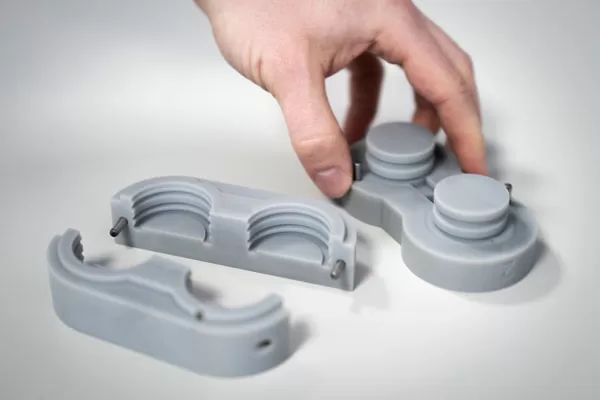If you are looking for a way to create parts or prototypes in an economical and cost-effective way then vacuum casting should be at the top of your list. It’s a prototyping process that requires a few steps as well as requirements; all you need is the right material as well as a conducive curing temperature.
A lot of clients and manufacturers find this technique to be very economical and ideal for producing small batches, especially when it comes to plastic prototypes. Another impressive feature of vacuum casting is its quick cycle time compared to other production processes.
The end products are usually of high-quality and smooth finishing. In this post, we are going to delve a little bit deeper into everything vacuum casting and look at the way in which this production technique will help you in your prototyping process.

Vacuum casting services
Comprehensive detail of the vacuum casting process
Just as the name suggests, the vacuum casting process is a casting method of creating elastomer products and parts. The entire process uses a machine with a vacuum to draw the molten material into the mold.
These casting techniques ensures there are no design flaws or defects as there are no entrapped air bubble or particles inside it. The manufacturing process is well-suited for designs that require complex details as well as elaborate undercuts, the casting technique is also highly recommended for molds that utilize reinforced fibers or wires.
Another popular term used to describe vacuum casing is thermoforming as it entails the heating of plastic materials which are in turn fed into the mold cavity. Preheating is done in the casting machine till it attains the optimal temperature making the materials used elastic and soft
Other manufacturing techniques used to leave the air bubble inside the mold resulting in deformed parts and products that required finishing services. With vacuum casting, all those limitations have been addressed thus maintaining the stability and integrity of the final end-product.
Vacuum casting machine
One of the most important elements of the casting process is the machine used, the vacuum casting machine mainly has two chambers which are strategically located on top of each other. On top of every chamber is two dies with moving plates, the mold cavity is located between the dual chambers which have a vacuum.
The bottom chamber is designed with crucibles whose sole objective is collecting all the crucibles after it has passed through the gating system. The role of the gating system is controlling the amount of resin entering the mold cavity as well as collecting resin in the crucible. After passing through the vacuum casting machine, your end-product is now ready to be stripped off the excess material forming the final part and product
The vacuum casting process comes with a wide range of benefits into the prototyping process, it provides its users with a certain degree of flexibility, rigidity, hardness, just to mention a few. Your end-product will have excellent finishing aiding its preferability as the go-to production technique.
